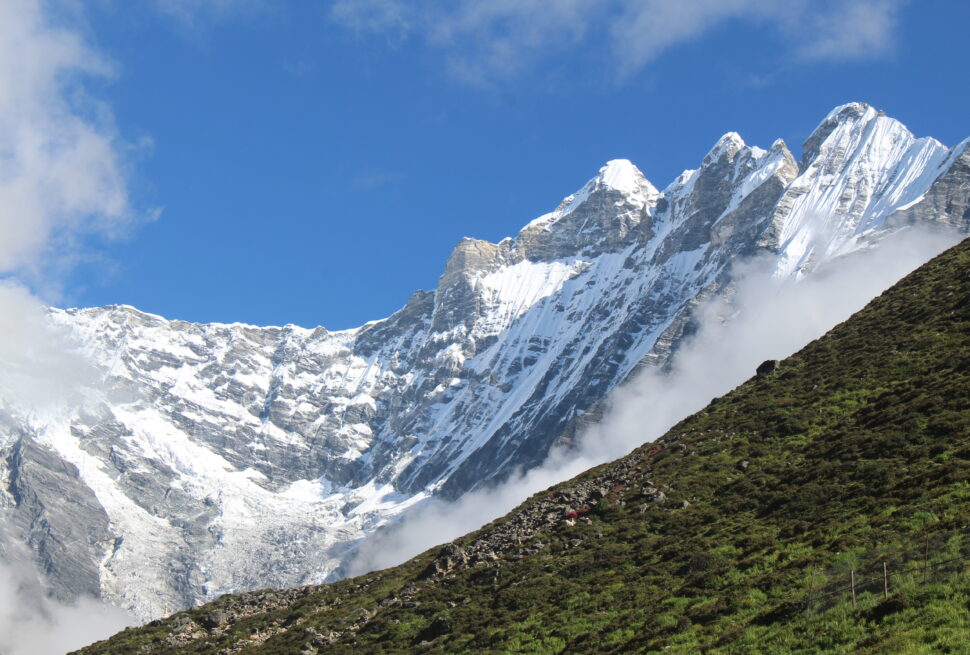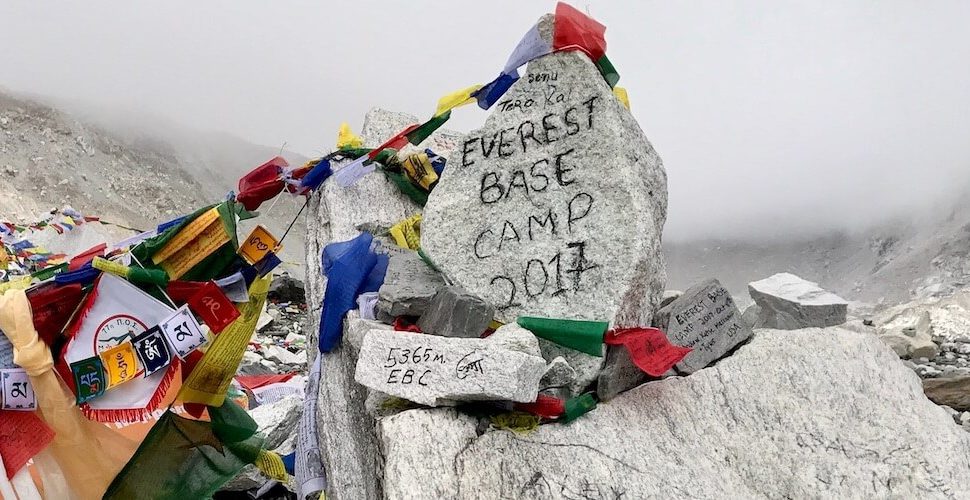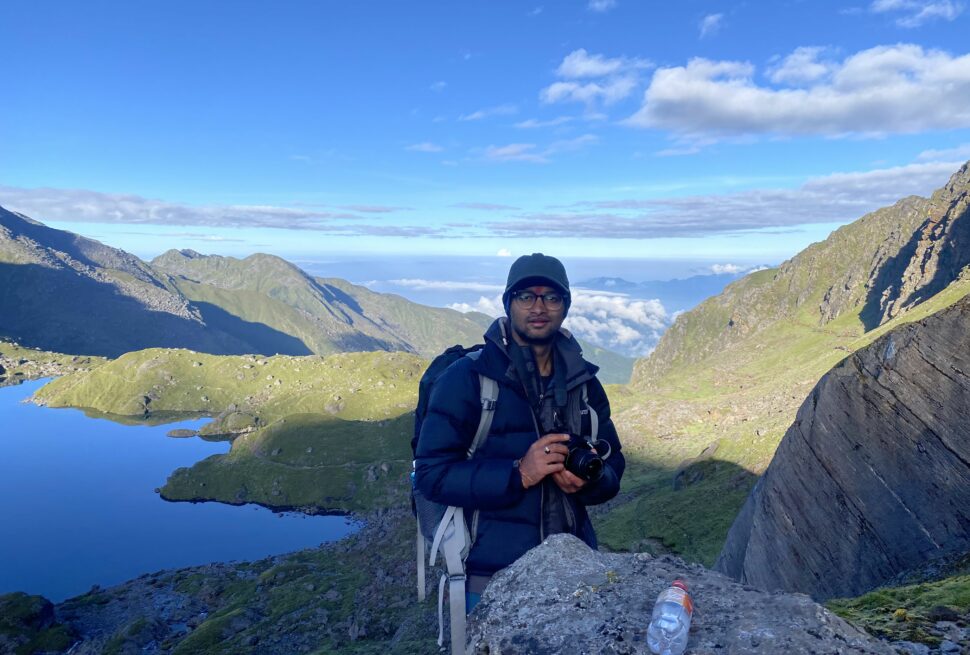Altitude sickness, also known as acute mountain sickness (AMS), can be a significant concern for trekkers in Nepal, especially when trekking in high-altitude regions such as the Himalayas. Altitude sickness occurs when you cannot get enough oxygen from the air at high altitudes, leading to symptoms ranging from mild to severe.
Here are some tips to help prevent altitude sickness while trekking in Nepal:
- Acclimatize gradually: Ascend slowly to higher altitudes, allowing your body time to adjust to the decreasing oxygen levels. Most trekking itineraries in Nepal are designed with gradual altitude gain to facilitate acclimatization.
- Hydrate: Drink plenty of fluids, preferably water, to stay hydrated. Dehydration can exacerbate the symptoms of altitude sickness.
- Eat light, high-carbohydrate meals: Consume easily digestible foods such as carbohydrates to maintain energy levels. Avoid heavy and greasy foods that may be difficult to digest at high altitudes.
- Medication: Some trekkers may consider taking medications like acetazolamide (Diamox) to help prevent altitude sickness. However, it’s essential to consult with a healthcare professional before taking any medication and to be aware of potential side effects.
- Recognize symptoms: Familiarize yourself with the symptoms of altitude sickness, which can include headache, nausea, fatigue, dizziness, and difficulty sleeping. If you or someone in your group experiences symptoms, descend to a lower altitude immediately.
- Rest when needed: Listen to your body and take breaks as necessary during your trek. Pushing yourself too hard can increase the risk of altitude sickness.
- Descend if necessary: If symptoms of altitude sickness persist or worsen despite rest and hydration, descend to a lower altitude until symptoms improve.
- Avoid alcohol and tobacco: Alcohol and tobacco can worsen dehydration and exacerbate the effects of altitude sickness. It’s best to abstain from these substances while trekking at high altitudes.
- Travel with a guide: If you’re unfamiliar with trekking in high-altitude environments, consider hiring a local guide who is knowledgeable about the region and experienced in dealing with altitude sickness.
By following these tips and being mindful of your body’s response to high altitude, you can reduce the risk of altitude sickness and enjoy your trekking experience in Nepal safely.



